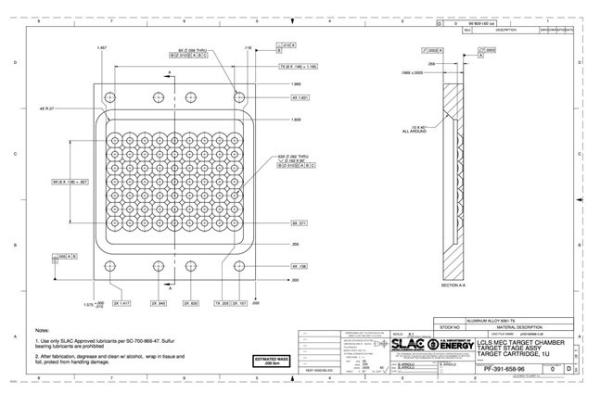MEC Standard Configurations Run 17
Types of Experiments
Two variations of the standard configuration are available: the X-ray diffraction variation (XRD) and X-ray Thomson scattering variation (XRTS). A user supplied detector cannot be fielded in either standard configuration. Users may request any standard MEC beamline devices and diagnostics, but the request must be explicitly mentioned in the proposal.
X-ray Diffraction Variation: CSPAD Configuration and Layout
This variation consists of the ns laser drive beams, VISAR, the backward XRTS (optionally) and four CSPADs. Fig.1 shows the layout.
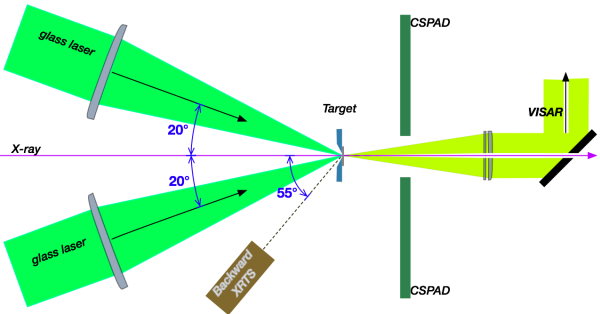
Four CSPAD-560k will be used for the x-ray diffraction measurement, with fixed position. They will cover the scattering angle θ=2θ_b from 20 degrees to 85 degrees. The exact area that is covered is shown in Fig.2.
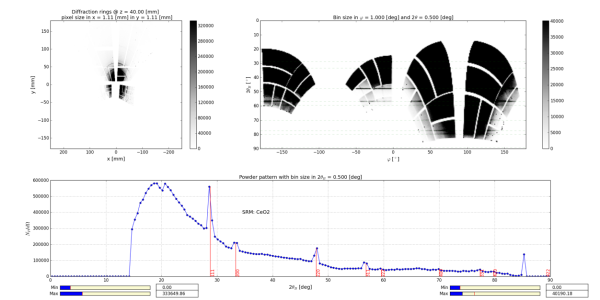
XRTS Variation: CSPAD Configuration and Layout
This variation consists of the ns drive beams, VISAR, backward XRTS and Forward XRTS, and two out of four of the CSPADs from the XRD configuration. See Fig.3 for the layout. The coverage in θB is unchanged, but coverage in phi is reduced.
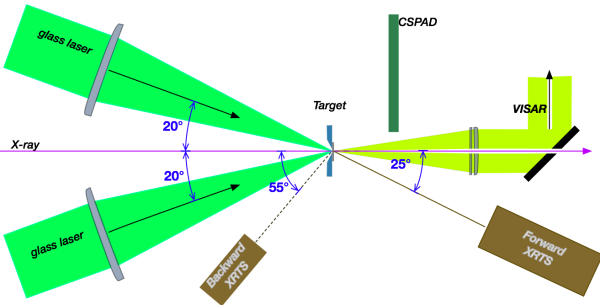
Geometry and Optical Laser Parameters
The MEC ns glass laser will be delivered to the target as shown in Fig.1 and 3. Two beamlines, each containing two multiplexed laser arms. Both beamlines can be used simultaneously (7 minutes between shots), or staggered (one shot every 3.5 minutes). The 72 mm beams are focused using 250 mm focal length aspheric lenses (F/3.5), and the focal planes relative to the target can be adjusted from best focus to a ~100 µm spot. Optionally, MEC provides phase plates can be used to generate circular focal spots of 100, 200, 300, 350 and 500 micron that can be manually exchanged during a standard configuration run.
Pulse length can vary between 5 ns and 20 ns. Flat top temporal profiles will be available by default; custom profiles can be provided, but must be requested at least 2 months in advance. The total laser energy is dependent on pulse length and profile. For 10ns square pulses the maximum beam energy on target will be 60 J. The arrival time of the optical laser with respect to the x-ray can be changed during the experiment, and is accurate to within 25ps RMS.
X-ray Parameters
X-ray beam operation with be in the standard SASE mode (no seeding) for the X-ray diffraction variation. For the XRTS variation, seeding can be requested. Photon energy and spot size are chosen by users.
VISAR
The MEC line VISAR will be available as a diagnostic (See Fig.1 and 3). Table 1 lists the etalons available at MEC; alternatively, users can bring their own. Users can take up to 15 test shots with the laser drive beam and VISAR before the start of their X-ray beam time.
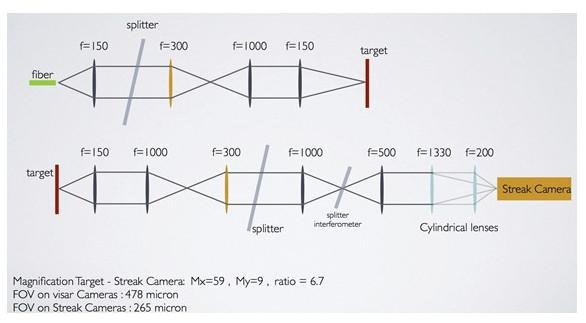
| Etalon thickness (mm) | Etalon diameter (mm) |
|---|---|
| 5.072, 5.077, 8.087, 8.096, 11.006,14.999,15.01 | 25 |
| 25.036, 25.034, 49.96, 75.04 | 50 |
Table 1. VISAR etalons available at MEC. All etalons are fused silica. User can bring their own etalons, provided the diameter is either 25 or 50mm. Maximum etalon length that can be supported is 110mm.
Read more about VISAR on the VISAR Analysis page
Targets
The user provided targets will need to be mounted on target frames that are compatible with the MEC target holder.
